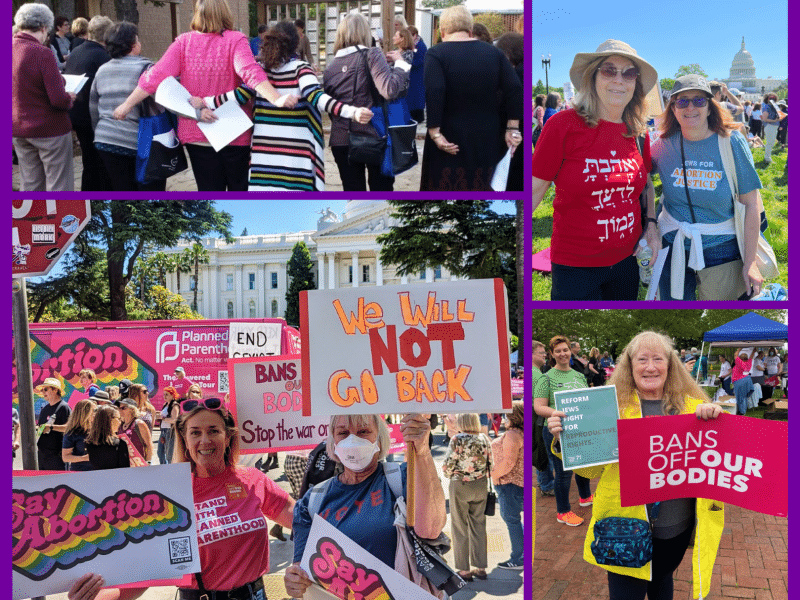Run date: January 29, 2001
Our Daily Lives page present excerpts of women’s autobiographies, essays, letters, journals, diaries, oral histories and testimony with the hopes our readers will respond to the authentic emotions and ideas, see a connection to their own lives, email us a note. Women’s Enews will post selected reactions from our readers for all to read.
This month, Women’s Enews presents the riveting study of women on death row by Kathleen O’Shea. A nun for 25 years, O’Shea is a social worker who does research on female offenders, particularly women on death row. In addition to “Women On The Row: Revelations From Both Sides of the Bars”, she is the author of “Women and the Death Penalty in the United States: 1900-1998” and the co-author of “Female Offenders: An Annotated Bibliography”. Kathleen O’Shea is the only person to have contacted every woman currently in U.S. prisons under a death sentence.
It was from the women in the general population that we learned about the five women on death row.
That’s how I eventually ended up locked in a tiny room in a women’s prison in Oklahoma waiting for a condemned woman. I knew very little about the woman I was to interview, nothing about the specifics of why she was there. Only her name and that she was sentenced to death.
Before meeting her I had never thought much about the death penalty or how and why it was invoked. Since that day I have thought of little else.
I don’t what type of person I expected, but I do know I was not prepared for the woman I met.
I was surprised when two guards brought her in and she was about my height, slender with shoulder-length sandy brown hair. She was laden with chains. Her feet were shackled so that she could only walk with a shuffle; her hands were cuffed to a chain around her waist.
Sitting knee to knee on chairs facing each other, the two of us filled the small space we had been given. I had already been told that our conversation might be listened to by prison staff and the four glass walls surrounding us gave me the feeling of being a small fish in a big aquarium.
The thing that really struck me was the woman herself.
She was younger than I and so ordinary looking it would have been very difficult to pick her out of a crowd in any town in America. She greeted me with a smile and immediately began chatting, as if we were old friends and I had just dropped by to exchange Betty Crocker recipes. Instinctively, I felt warm and very next-door-neighborly toward her.
We never discussed her crime, but we did talk about her education, her job experiences, and her family. She had four young children she had left behind and spent a lot of time telling me things she felt were special about each one of them. Her eyes were tearful as she recounted how the children had been split up to live with various family members, but she quickly recovered her composure to assure me that it was better than having to give them to the state.
It was obvious that she was happy to have someone to talk to. I began to wonder if there were other women like her on death row, and if there were, why I had never heard about them.
I spent considerable time establishing relationships through correspondence with women on death row. It seemed that once I got two or three women to understand what I was trying to do, other women contacted me on their own. In this way, the circle continued to widen.
They wrote to me about their families and children, about their lives before “the row,” and almost always about how they wanted to help their children grow up to be happy, healthy people.
They also sent me photographs, including many of themselves as children. I would sit and look at the innocent, smiling faces. It was difficult to believe that the person in the picture was on death row today. I put the photographs up on my desk and around my computer screen until I had an overflowing gallery of women waiting to be executed.
It is essential to me that I talk about what the women on death row do for me. My association with these women has been a life-altering experience. After my first book was published, I received the following email: THEY GET WHAT THEY DESERVE. MAY THEIR NAMES BE ERASED FROM THE BOOK OF LIFE.
I keep that quote in front of me to remind me what the women on the death row asked me to say to about them to the public. Say our names, they told me.
These women do not want to be erased from the book of life.
For additional information:
Related Women’s Enews story: “Oklahoma to Execute Brain-Damaged Black Woman,” December 18, 2000
https://womensenews.org/article.cfm?aid=375&context=archive
Women On The Row: Revelations From Both Sides of the Bars, Firebrand Books: Ithaca, New York. $12.95


